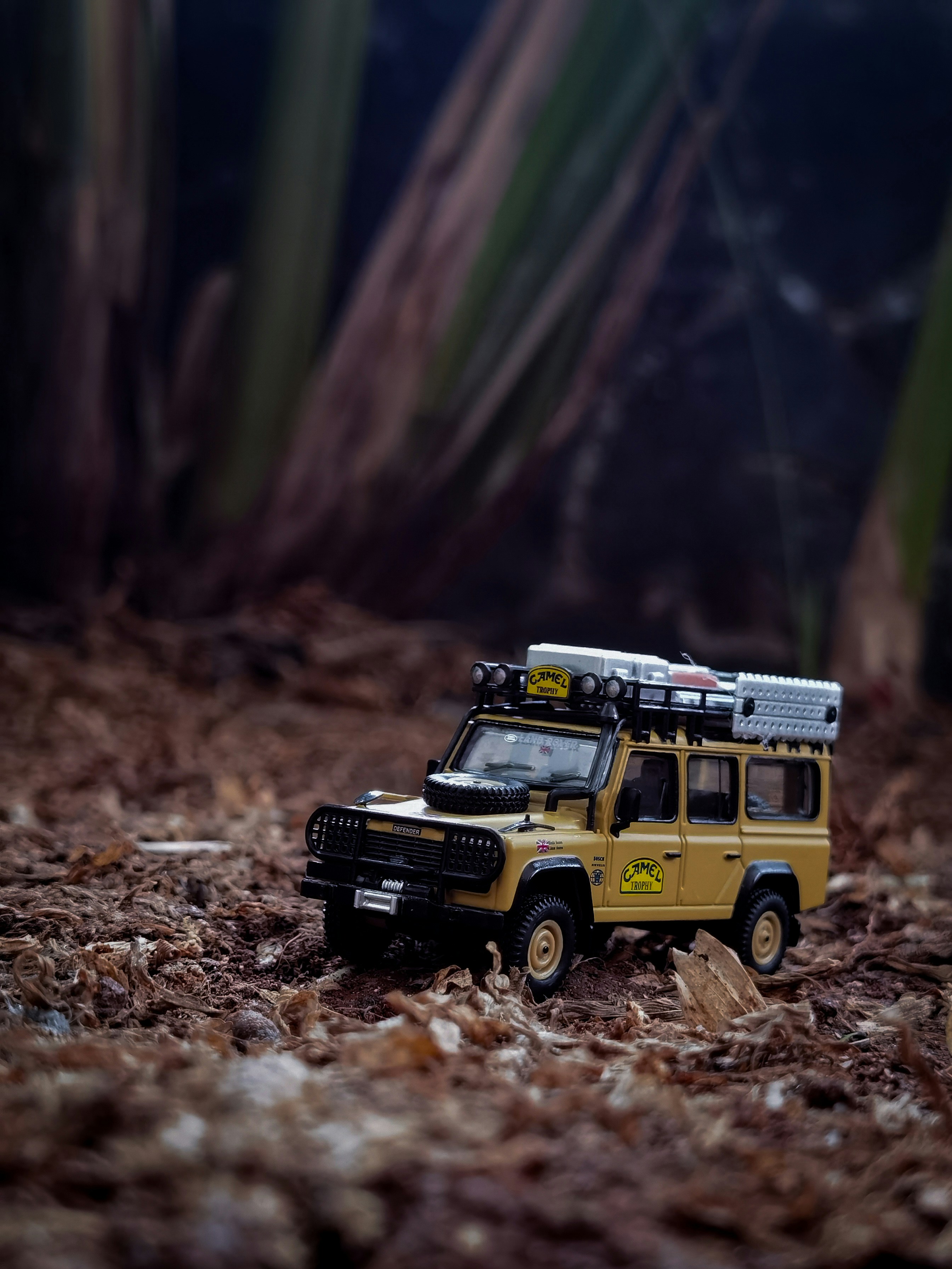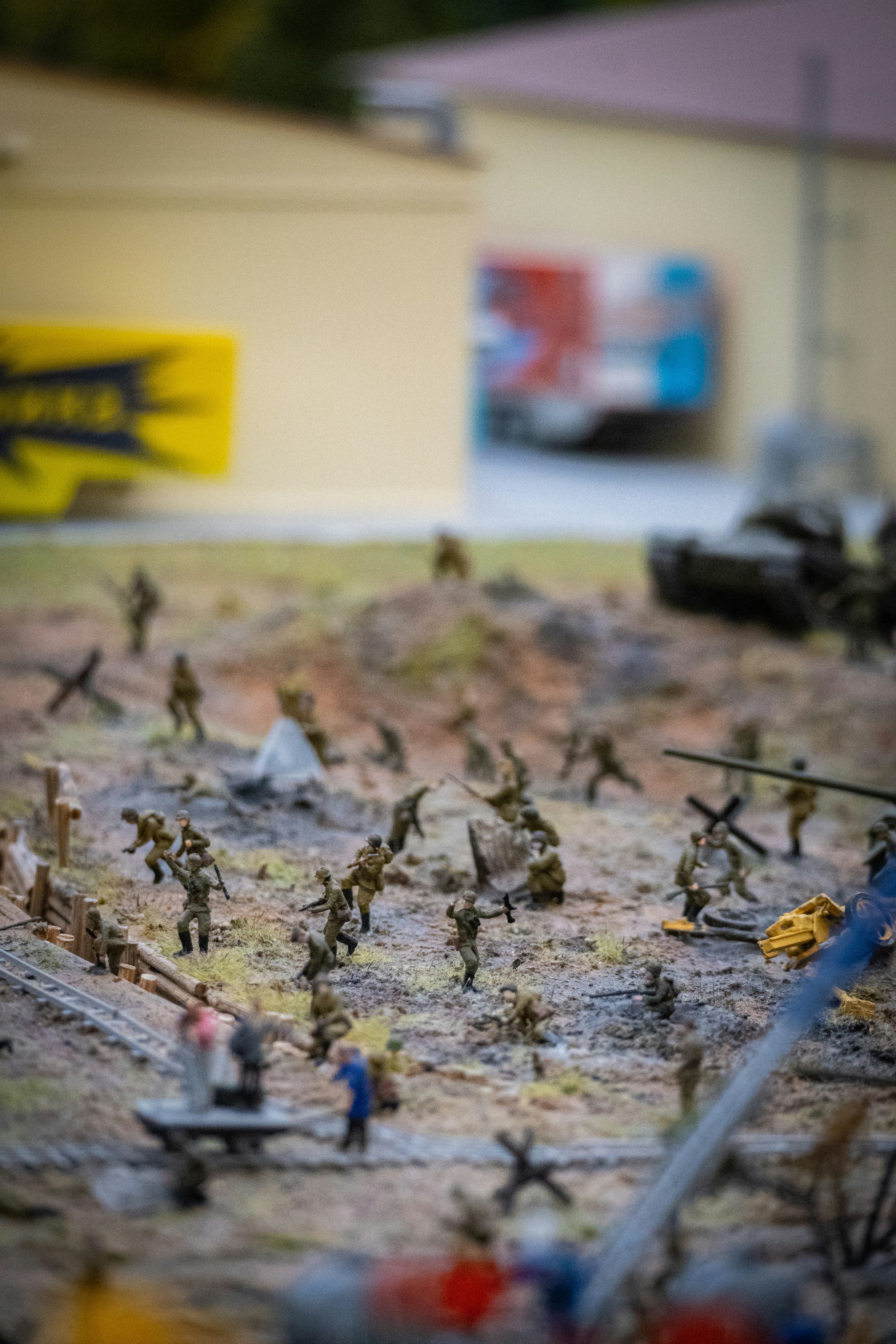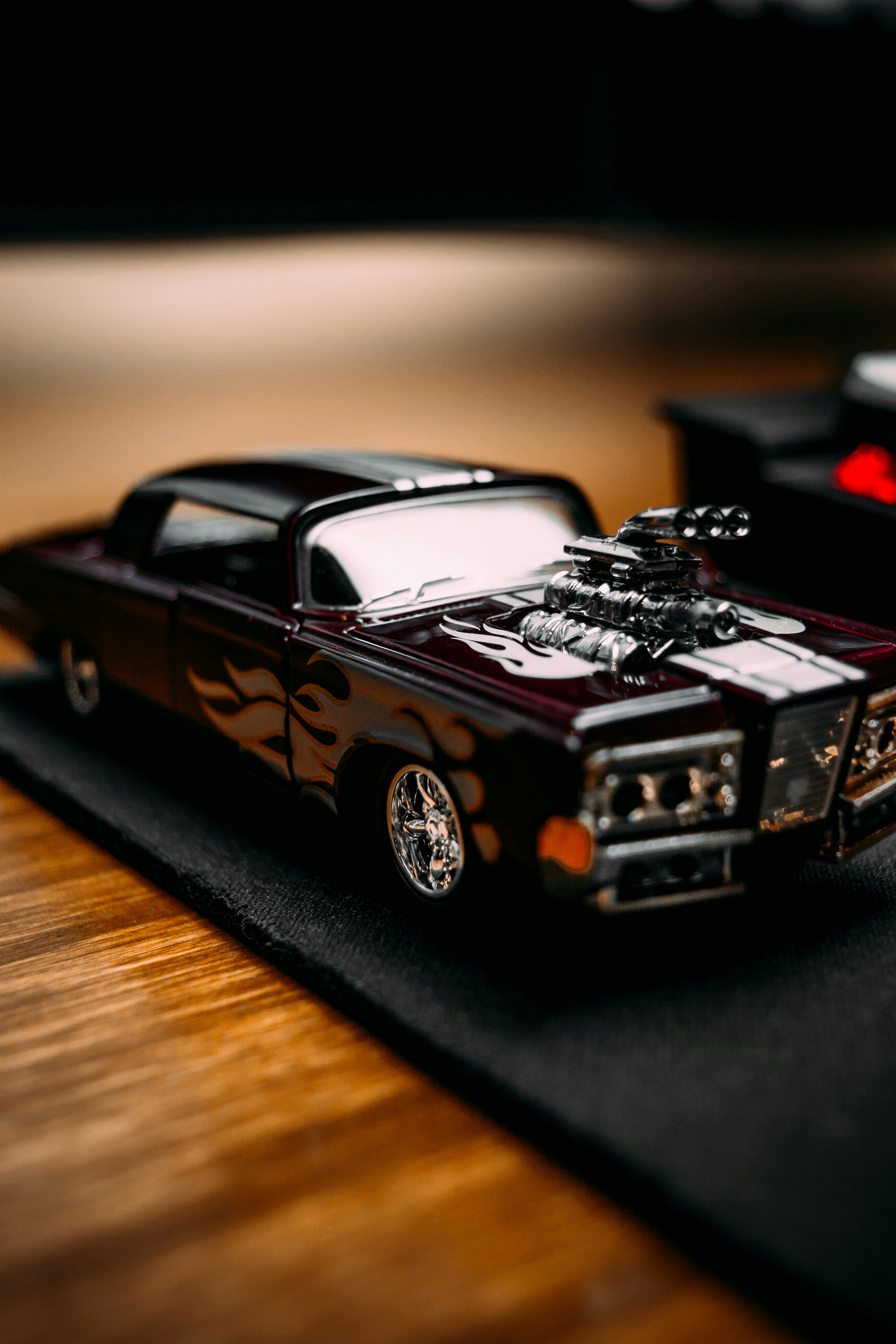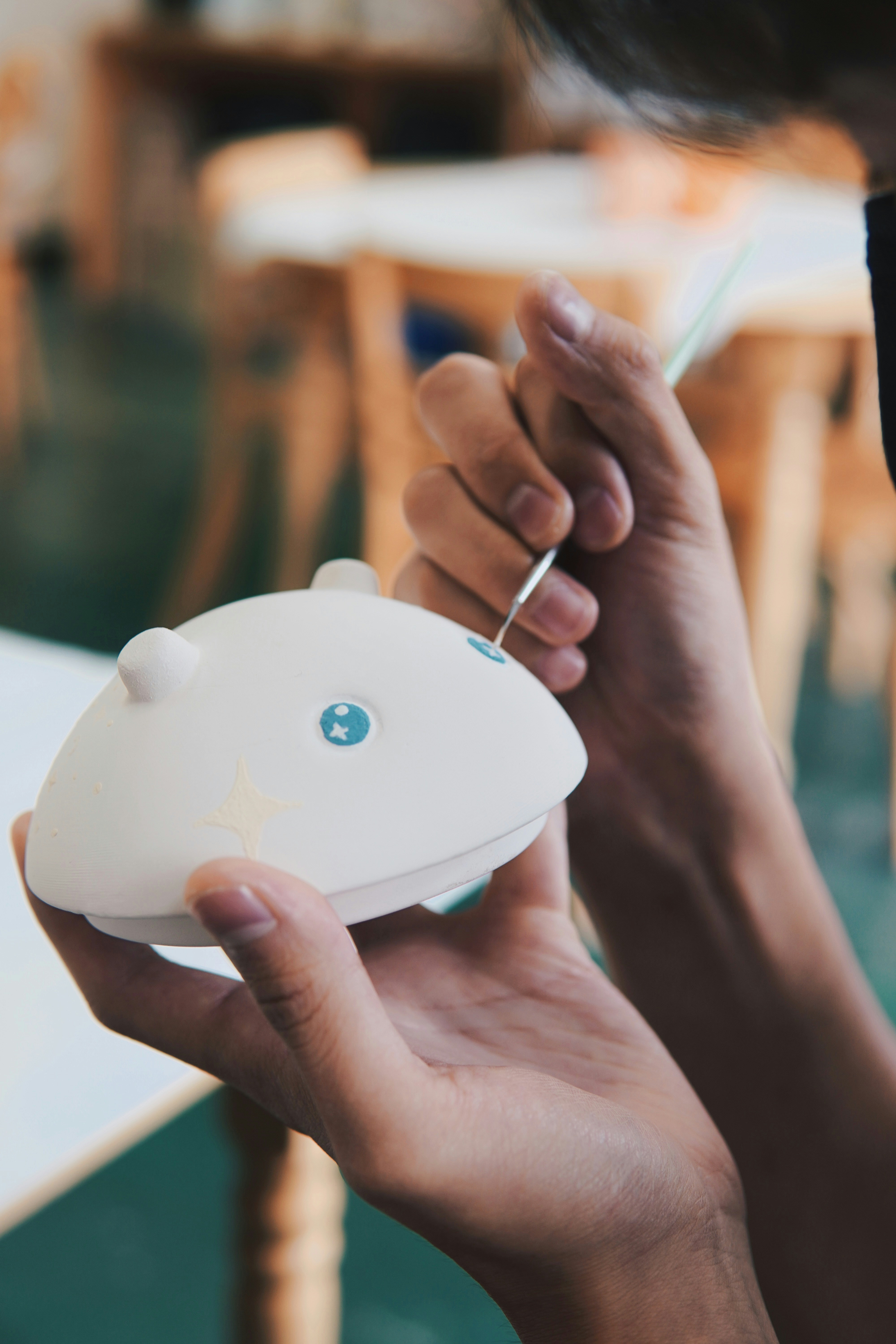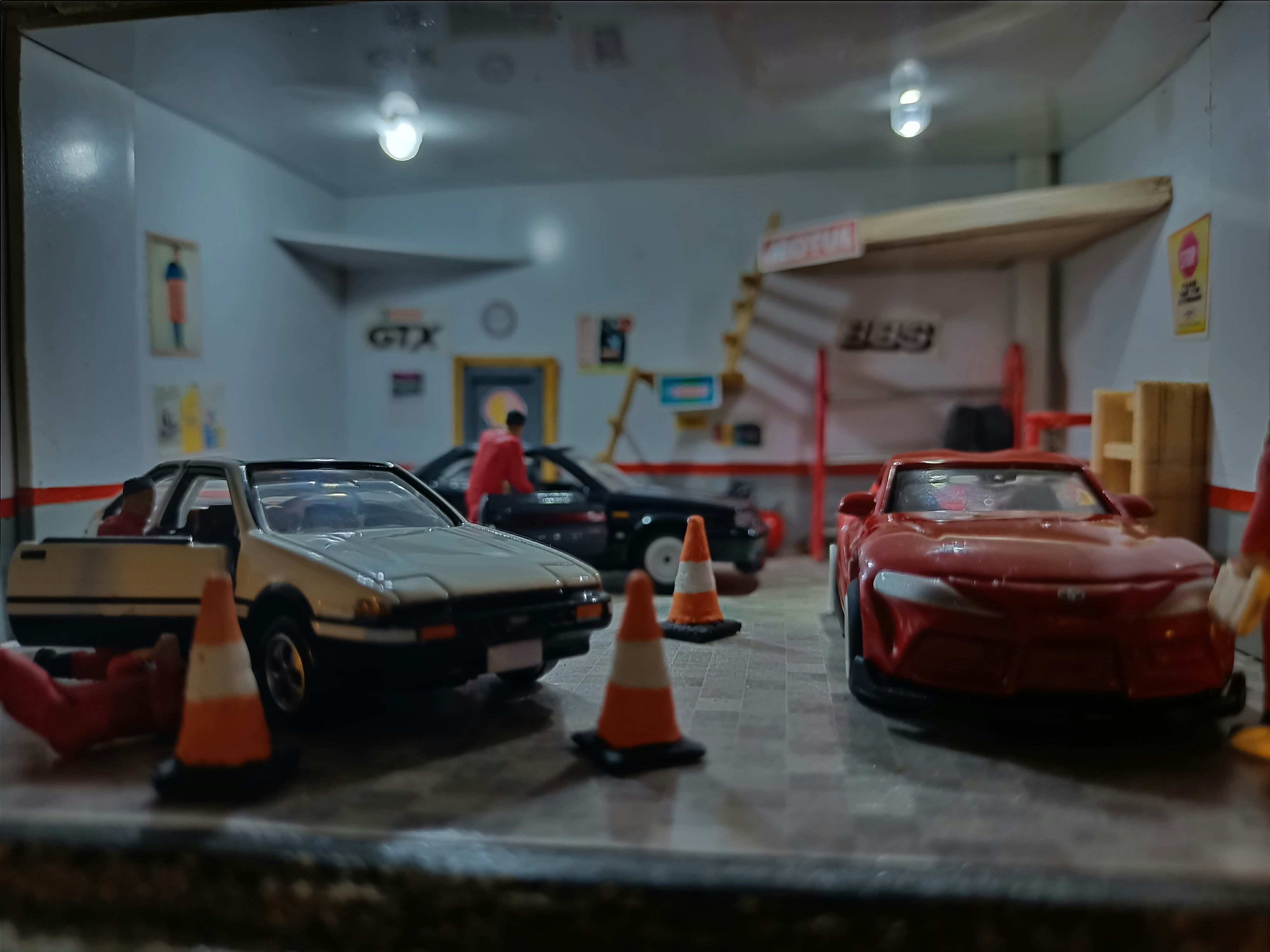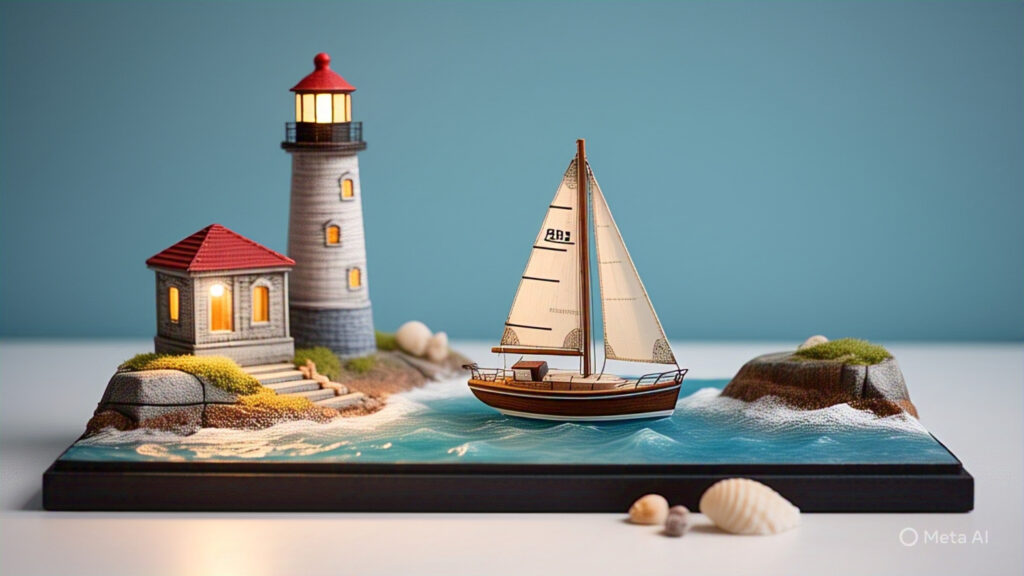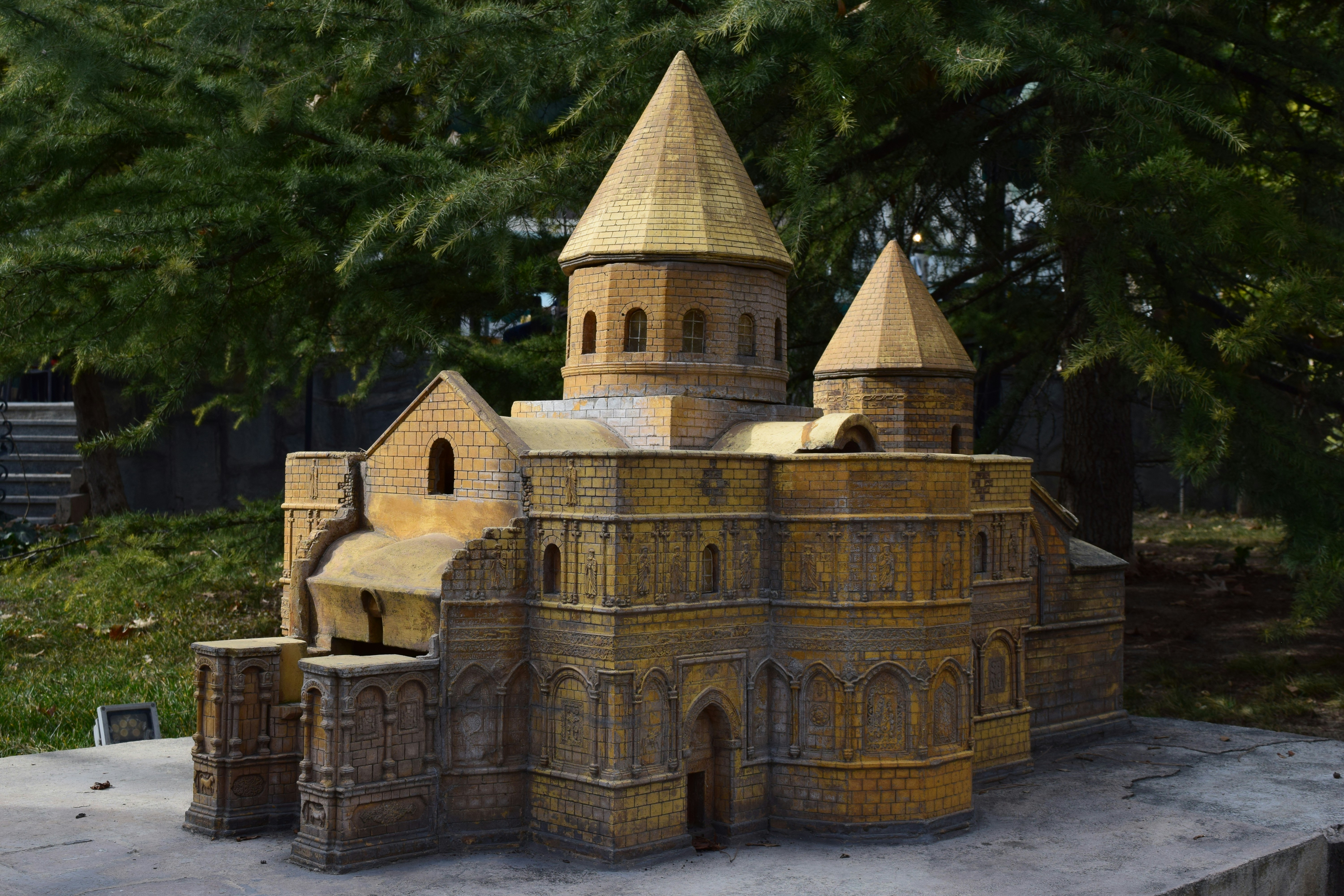FMS Willys Jeep 1/7 Scale: A Classic Reimagined
Introduction to the FMS Willys Jeep The FMS Willys Jeep 1/7 scale model represents an extraordinary homage to one of the most iconic military vehicles in history. Initially designed during World War II, the Willys Jeep not only served as a reliable transport for troops but also became a symbol of freedom and resilience. The FMS version captures the rugged spirit and functionality that made the original a favored choice among soldiers, incorporating meticulous attention to detail that appeals to both history enthusiasts and scale modeling aficionados. FMS is renowned for producing high-quality scale models that exhibit superior craftsmanship and innovative technology. This reputation is well-deserved, evidenced by their commitment to replicating vehicles with remarkable accuracy and performance. With the introduction of the Willys Jeep model, FMS has taken significant strides in recreating the character and nuances of the original Jeep while enhancing it for modern use. This model does not only exist as a replica; it integrates cutting-edge features such as 4WD capabilities, improved suspension, and realistic engine sounds, which collectively elevate the user experience. This 1/7 scale replica is designed to cater not just to collectors and hobbyists, but also to individuals seeking a thrilling off-road experience. By harnessing the historical significance of the Willys Jeep, FMS has successfully bridged the gap between nostalgia and modern technology, ensuring that the spirit of adventure lives on in the realm of remote-controlled vehicles. As the scale modeling community continues to expand, the FMS Willys Jeep stands out as both a tribute to a storied past and a testament to the innovation present in today’s RC models. Key Features and Specifications The FMS Willys Jeep 1/7 scale model stands out for its meticulous design and impressive specifications, making it a worthy representation of the classic vehicle. One of the notable features of this model is its dimensions, with a length of approximately 20 inches, a width of 10 inches, and a height of around 10 inches, which allows for a perfect scale representation that captures the essence of the original Willys Jeep. The attention to detail in the exterior design, including the iconic grill and rugged tires, enhances its authenticity. In terms of construction, the FMS Willys Jeep utilizes high-quality materials that include durable plastic for the body and metal components for enhanced structural integrity. This combination ensures that the model can withstand minor impacts while providing a realistic look and feel. The jeep is equipped with an independent suspension system that contributes to a smoother ride across various terrain types, whether it’s rocky paths or smooth surfaces. The motor specifications also highlight the model’s performance capabilities. Powered by a robust brushless motor, the Jeep delivers impressive speed and torque, making it suitable for both off-road adventures and more controlled indoor environments. Coupled with a reliable battery, the FMS Willys Jeep offers a runtime of about 30 minutes on a full charge, allowing for extended play sessions and exploration. Overall, the FMS Willys Jeep 1/7 scale model not only showcases exceptional attention to detail in its design but also incorporates advanced specifications that enhance its operational capabilities. From its impressive dimensions to its quality construction and reliable performance, this model successfully reinterprets a classic vehicle for enthusiasts and hobbyists alike. Performance and Handling Insights The FMS Willys Jeep 1/7 Scale model exemplifies a harmonious blend of nostalgic design and modern engineering, particularly notable in its performance and handling characteristics. Enthusiasts of remote-controlled vehicles often seek speed, durability, and responsive handling, and this model addresses these expectations efficiently. The robust build of the Jeep allows it to withstand rugged environments, making it a reliable choice for off-road adventures. One of the standout features of the FMS Willys Jeep is its impressive off-road capability. The suspension system is engineered to absorb shocks and navigate uneven terrain seamlessly, thereby enhancing its performance across various landscapes. Its all-terrain tires provide ample grip and traction, allowing users to tackle steep inclines, rocky paths, and other challenging environments with confidence. This capability not only elevates the driving experience but also aligns with the authentic off-road purpose that the original Willys Jeep served. When it comes to maneuverability, the FMS Willys Jeep does not disappoint. Its compact design enables sharp turns and agile movements, providing drivers with an exhilarating sense of control. Users have reported that the model’s steering response is immediate, with minimal lag, which is crucial for navigating tight spaces and tricky obstacles. The feedback from the control system ensures that even novice drivers can handle the model adeptly, contributing to a more enjoyable experience. Moreover, user reviews highlight the overall driving dynamics, emphasizing the balance between speed and stability. The vehicle accelerates smoothly without sacrificing the precision required for off-road driving. Such attributes make the FMS Willys Jeep 1/7 Scale a competitive choice amongst other models in its category, appealing to both collectors and serious hobbyists. Overall, its performance and handling characteristics showcase a well-crafted balance between nostalgia and functionality, setting a high standard for future models. Final Thoughts and Recommendations In evaluating the FMS Willys Jeep 1/7 Scale model, several key findings emerge that highlight both its strengths and weaknesses. One of the most notable advantages of this model is its authentic design, closely mimicking the iconic Willys Jeep, which appeals to collectors and enthusiasts alike. The attention to detail in its construction and finish contributes significantly to its aesthetic value. Additionally, the model’s performance is commendable; it demonstrates reliable handling characteristics and can traverse various terrains, making it enjoyable for outdoor use. However, there are some drawbacks that prospective buyers should consider. The assembly process may present challenges, particularly for beginners who are less familiar with model building. While the comprehensive instructions are helpful, certain steps may require prior experience to navigate effectively. Moreover, the pricing may be a barrier for some, as the FMS Willys Jeep is positioned at a premium level compared to other models in the market. This expense is worth it for adept modelers seeking authenticity and performance
FMS Willys Jeep 1/7 Scale: A Classic Reimagined Read More »

